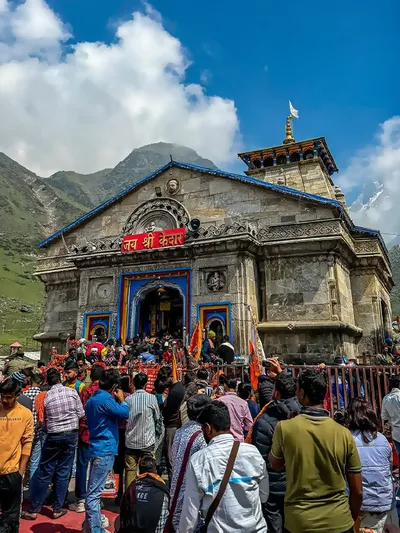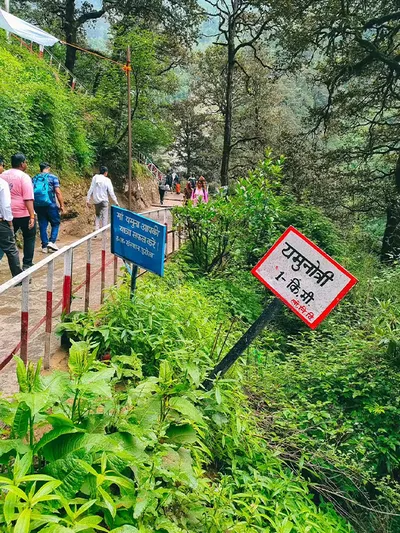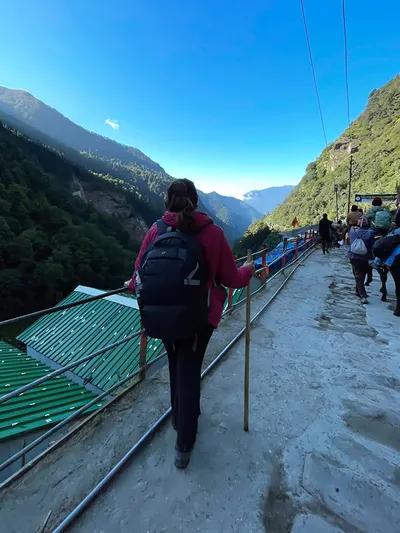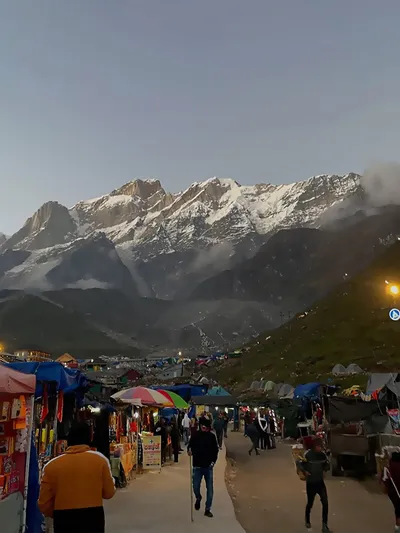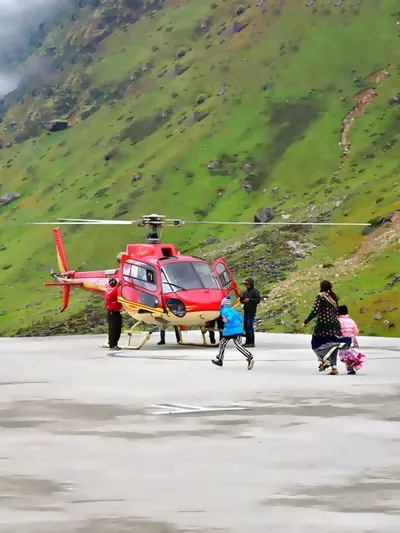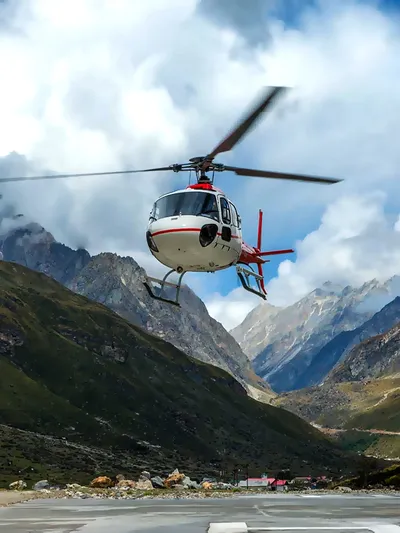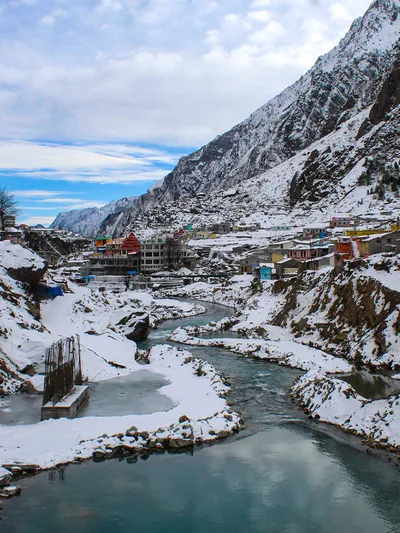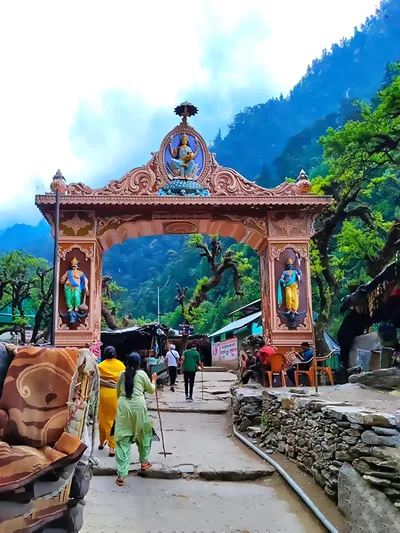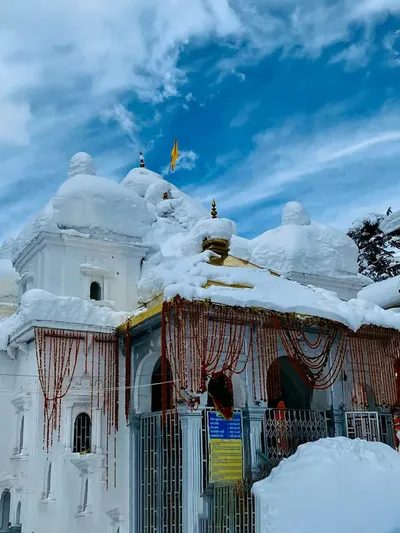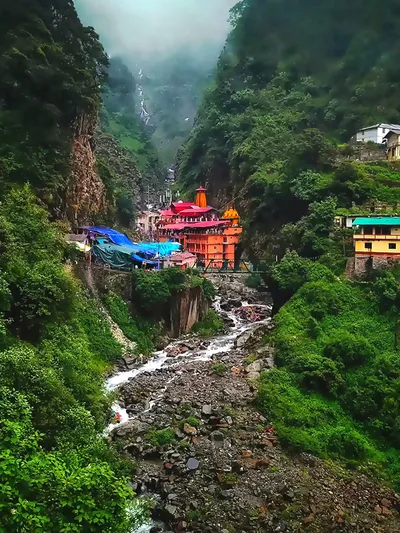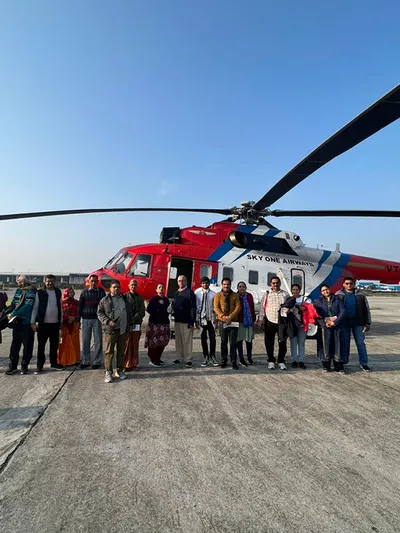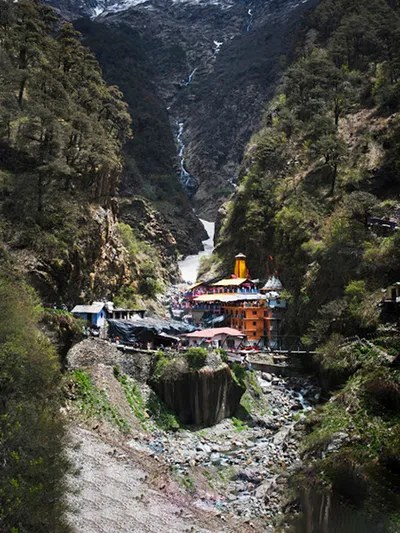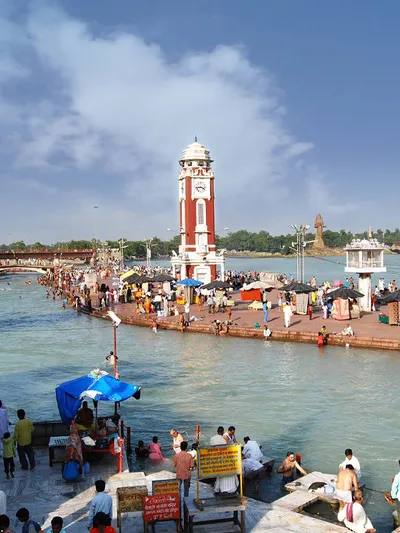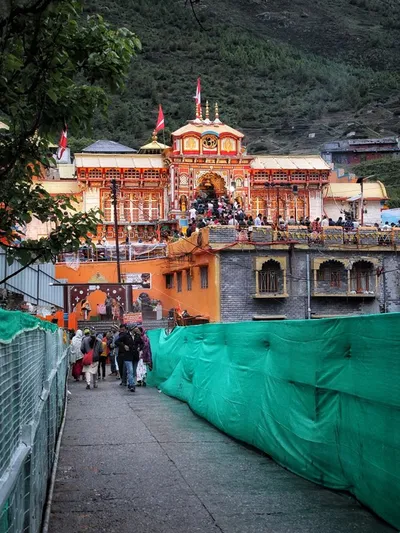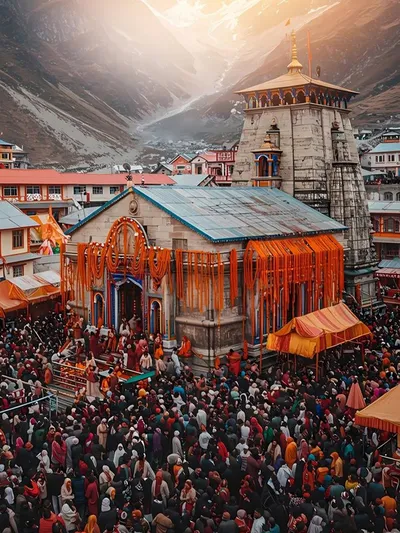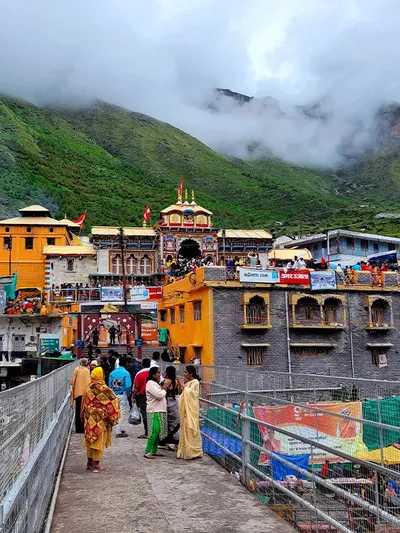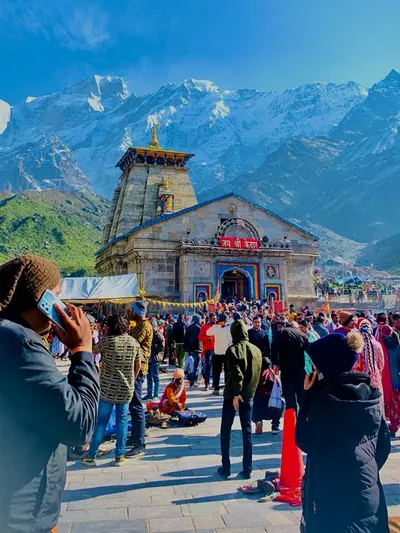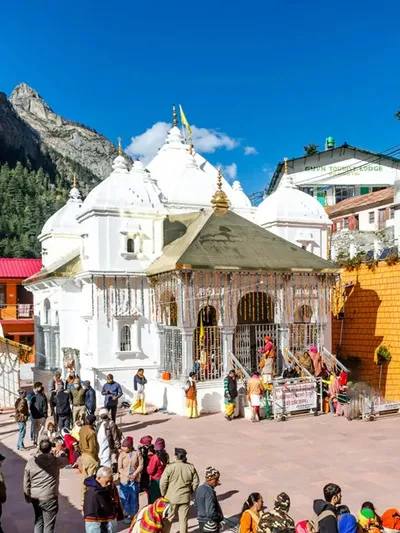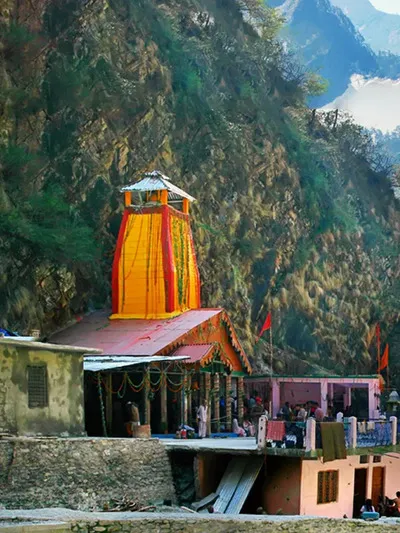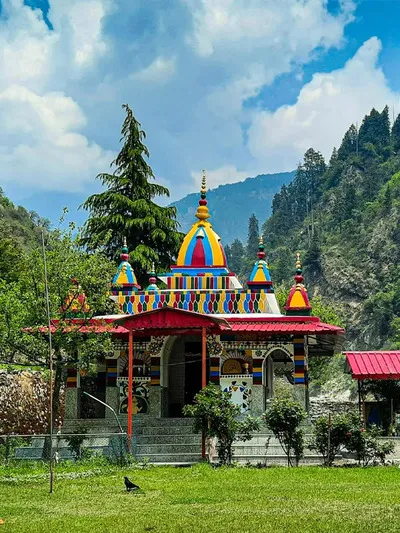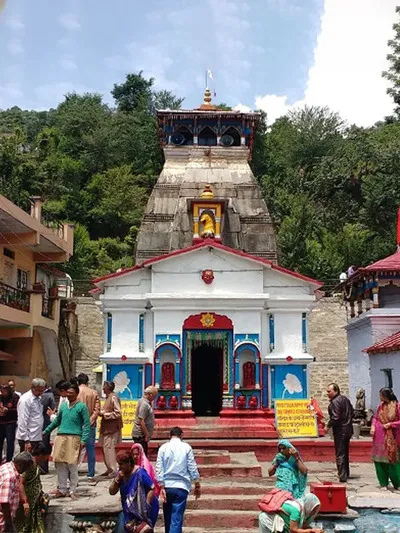Char Dham Weather Month Wise Reports
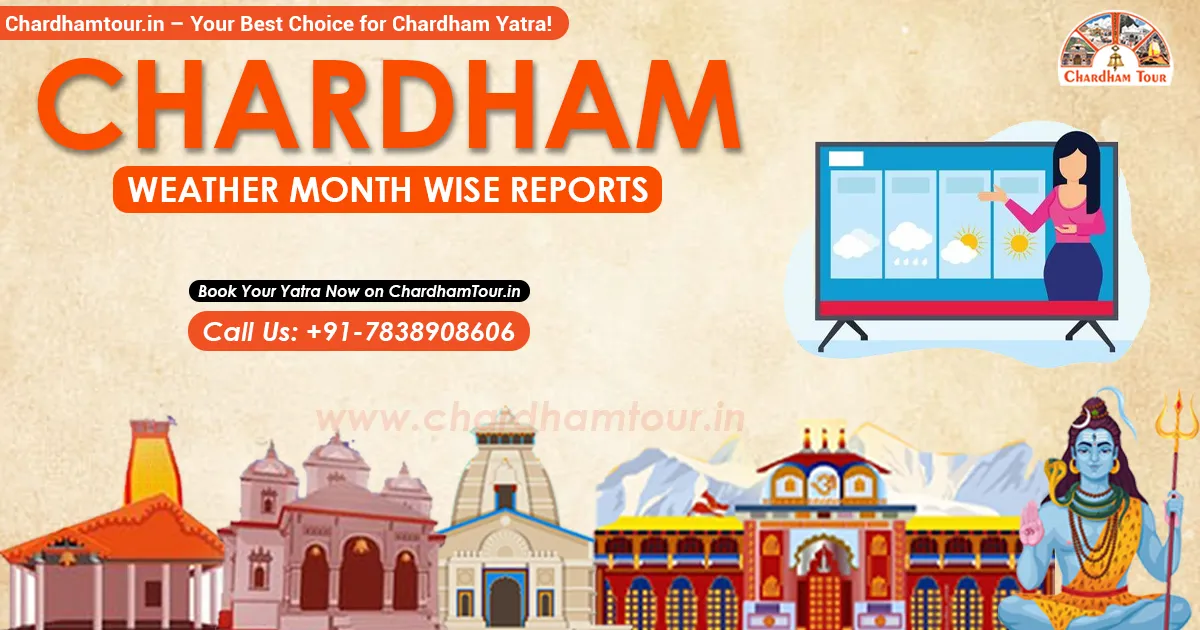
Chardham yatra is one of the holiest pilgrimage trips a pious Hindu long to set out for. The uphill route is difficult and the season at such a high altitude is not all the time traveler-friendly. This Chardham weather report article will make you aware of the best time to visit the region.
Four of the holiest pilgrimages in India; Gangotri, Yamunotri, Kedarnath and Badrinath are grouped together as Char Dham. Collectively the Char Dham Trail is one of the most sought-after spiritual trails across the world. The Himalayan denomination Char Dham is said to have the power of washing away all the sins of past life and clear the path to divine liberation. However, as all the Char Dhams are located in high altitude rocky terrain; it’s better to know the weather predictions before planning a visit.
Maximum tourist traffic to the Char Dham happens during April to October. The month wise weather predictions are given below.
Badrinath and Kedarnath Weather predictions
Badrinath and Kedarnath are situated in close proximity to each other so the weather in these two Dhams follows the same pattern approximately. However Kedarnath suffers from colder and harsher climate than Badrinath and is also more prone to landslides.
January to March: The weather remains extremely cold, with frequent snowfall. In Badrinath, winter sports events are held during February and March. By the end of March, the temperature starts to rise, reaching around 12°C to 14°C. In Kedarnath, temperatures often fall below zero during January and February.
April: The climate is moderately cold, making it ideal for travel. Temperatures range from 7°C to 17°C.
May: The weather remains moderately cold, with temperatures reaching up to 18°C. This is a suitable month for outdoor trips and sightseeing.
June: With temperatures ranging from 10°C to 20°C, June is the warmest month. The atmosphere is moderate, and nature is in full bloom—perfect for exploration.
July: Temperatures range between 7°C to 18°C. Expect light and refreshing showers during this time.
August: The climate is cool, with temperatures between 7°C to 15°C. Plants begin to flower, and there are frequent drizzles. In Kedarnath, heavy rainfall can sometimes lead to landslides, so caution is advised.
September: Post-monsoon rains keep the weather humid. Temperatures drop to between 7°C to 15°C, marking a transition toward cooler conditions.
October: Temperatures drop further, ranging from 6°C to 10°C. The climate becomes increasingly cold and temperate.
November to December: Temperatures hover between 3°C to 7°C, with chances of snowfall. Tourists are generally advised to avoid traveling during this period due to harsh conditions.
Gangotri and Yamunotri Weather predictions
Gangotri and Yamunotri are situated at close proximity to each other so the weather pattern in these two pilgrimages follows the same pattern to a large extent.
January to March: Weather remains rather cold with sleet and frequent snowfall. Winter conditions can be harsh enough to disrupt travel plans for tourists. However, by the end of March, the temperature starts to rise and may reach up to 20°C.
April: The climate becomes moderately warm and ideal for travel and pilgrimage to the Gaumukh Glacier. While general temperatures range from 7°C to 17°C, treks to the glacier can experience sub-zero conditions and icy paths.
May: The weather remains moderate with temperatures reaching up to 25°C. It is a favorable month for outdoor activities and pilgrimages.
June: Temperatures range from 15°C to 30°C, making June the warmest month in Gangotri and Yamunotri. The climate is moderate, and the lush green surroundings enhance temple visits during this period.
July: Expect temperatures between 12°C to 25°C, accompanied by heavy rainfall. Both Gangotri and Yamunotri experience frequent and intense monsoon showers.
August: With temperatures ranging from 10°C to 22°C, the climate stays cool. However, due to the proximity to rivers, this month is considered unsafe for travel, especially to Gangotri and Yamunotri, as torrential rains can lead to dangerous flooding situations.
September: Temperatures fall between 10°C to 18°C. While the monsoon begins to recede, the atmosphere remains humid with occasional heavy showers.
October: With temperatures ranging from 10°C to 15°C, the weather turns pleasant and cool. This is an ideal time for revisiting Gangotri and Yamunotri after the monsoon season.
November to December: Temperatures hover between 5°C to 7°C. Snowfall becomes common, especially in Gangotri. It is generally advised for tourists to avoid travel to the Char Dham regions during this season due to the extreme cold and closure of temples.
